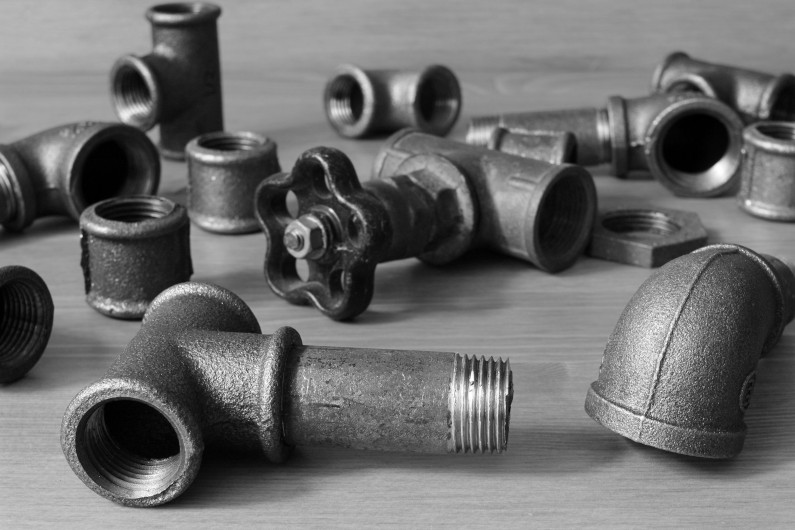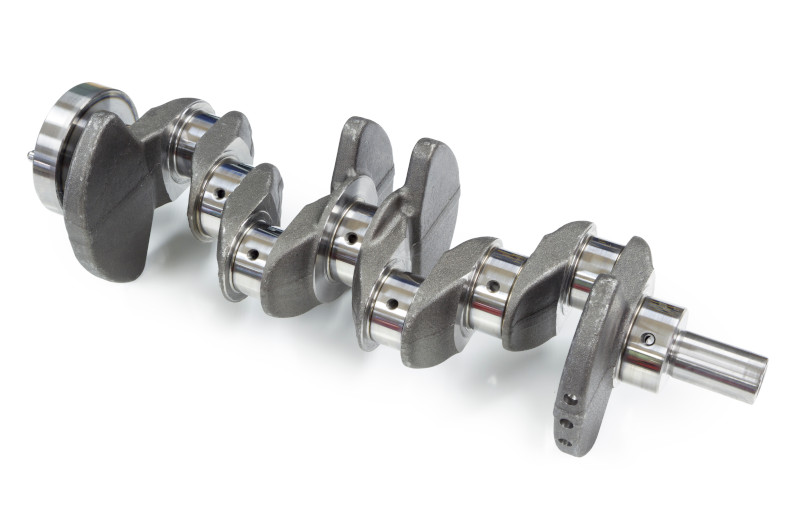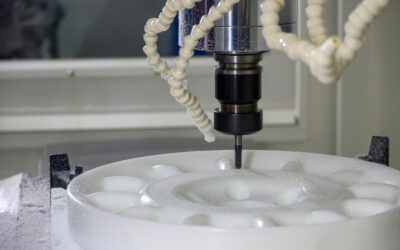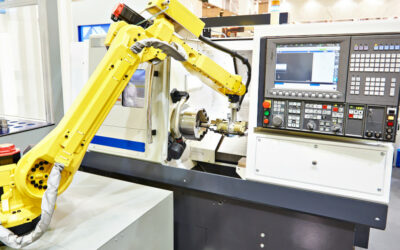Both steel and cast iron are popular metals, but they are often used very differently. The key factor distinguishing one from the other is how much carbon each contains, and to a lesser extent, how much silicon. While this may seem like a subtle distinction, it has major implications for the properties and uses of cast iron and steel.
This article explains what makes cast iron and steel unique to help you decide which metal is the right choice for your next casting project.
Cast Iron: Benefits and Uses
Like steel, cast iron is an iron-based alloy. However, to be considered cast iron, the metal must have a 2-4% carbon content and 1-3% silicon content by weight. This chemistry imparts cast iron with a number of useful properties:
- Compressive Strength – Cast iron offers a very high strength when exposed to compressive forces.
- Castability – With lower melting & casting temperatures, better flowability, and less shrinkage, cast iron is cheaper and easier to cast than steel.
- Machinability – Softer cast irons, like grey iron, are typically very easy to machine quickly and accurately.
- Hardness – Compared to other “low-cost metals”, cast iron offers a high hardness.
- Cost – One of the most appealing features of cast iron is that it offers an assortment of good properties for a low cost.
Cast iron can actually be further subdivided into grey iron, white iron, ductile iron, and malleable iron. Each type focuses on improving certain properties for a specific application, like higher hardness in white cast iron.
The uses for cast iron are wide-reaching, but here are a few notable applications:
- Cast iron frying pans and other cookware
- Automotive engine blocks, brake disks, and numerous other parts
- Residential fence gates, decorative light posts, fireplace elements, and other furnishings
- Valves, fittings, and manhole covers in water and sewer applications
- Chains, gears, shafts, linkages, and more
Steel: Benefits and Uses
Similar to cast iron, steels are iron-based alloys with a few distinct categories. All steels have some carbon content up to a limit of 2% by weight and can be divided into either carbon steel or alloy steel.
They can be further subdivided into low-carbon steels, stainless steels, tool steels, microalloyed steels, and more. While these can offer numerous additional benefits, like high strength and corrosion resistance from stainless steels, this article will focus on cast steel alloys like those defined by ASTM A148.
Since cast steel is more expensive than cast iron, its main advantages over cast iron are:
- Tensile Strength – Depending on the alloy used, cast steel can potentially have a much higher tensile strength than cast iron.
- Toughness/Ductility – Under high stress, steel can deform (temporarily or permanently) without breaking. While this might mean less stiffness in certain applications, it reduces the likelihood of cracking and means better impact performance.
- Weldability – Depending on the alloy used, steel offers good weldability, whereas cast iron is challenging to weld without causing cracking.
While forging, rolling, and casting are all possible for steel products, some key applications focused on cast steel are:
- Rail car wheels, frames, and bolsters
- Mining machinery, construction equipment, and heavy trucks
- Heavy duty pumps, valves, and fittings
- Turbochargers, engine blocks, and other automotive parts
- Turbines and other components in power station assemblies
Difference Between Cast Iron and Steel
This table provides a generalized comparison of cast iron vs steel, keeping in mind that each category represents a range of alloys with different properties.
| Material Property | Cast Iron | Cast Steel |
|---|---|---|
| Strength | Better compressive strength | Better tensile strength |
| Toughness | Low ductility and limited elongation | Much higher ductility and toughness |
| Hardness | Good, comparable | Good, comparable |
| Melting Temperature | Lower, which makes production easier | Higher melting temperature |
| Corrosion Resistance | Better, frequently limited to surface rust | Poor for cast carbon steel, but stainless alloys offer superior rust protection |
| Machinability | Easier to machine | More time consuming and hard on tooling |
| Weldability | Difficult to weld without cracking | Better weldability, ranging from poor to very good. |
| Cost | Less expensive to melt, pour, and process. | More challenging and costly to produce |
Machining Cast Iron and Steel Products
Cast iron is certainly easier and cheaper to machine than cast steel, but machinability varies widely between different alloys, even in the same group. So if you’re designing a product that will need lengthy machining operations, it may be worthwhile to review available alloys in search of one with better machinability.
But even if you are restricted to using a more difficult-to-machine material, an experienced, world-class machine shop can cut down processing times to save on machining costs. Gensun offers fast, reliable machining services for a wide range of materials and product types.





